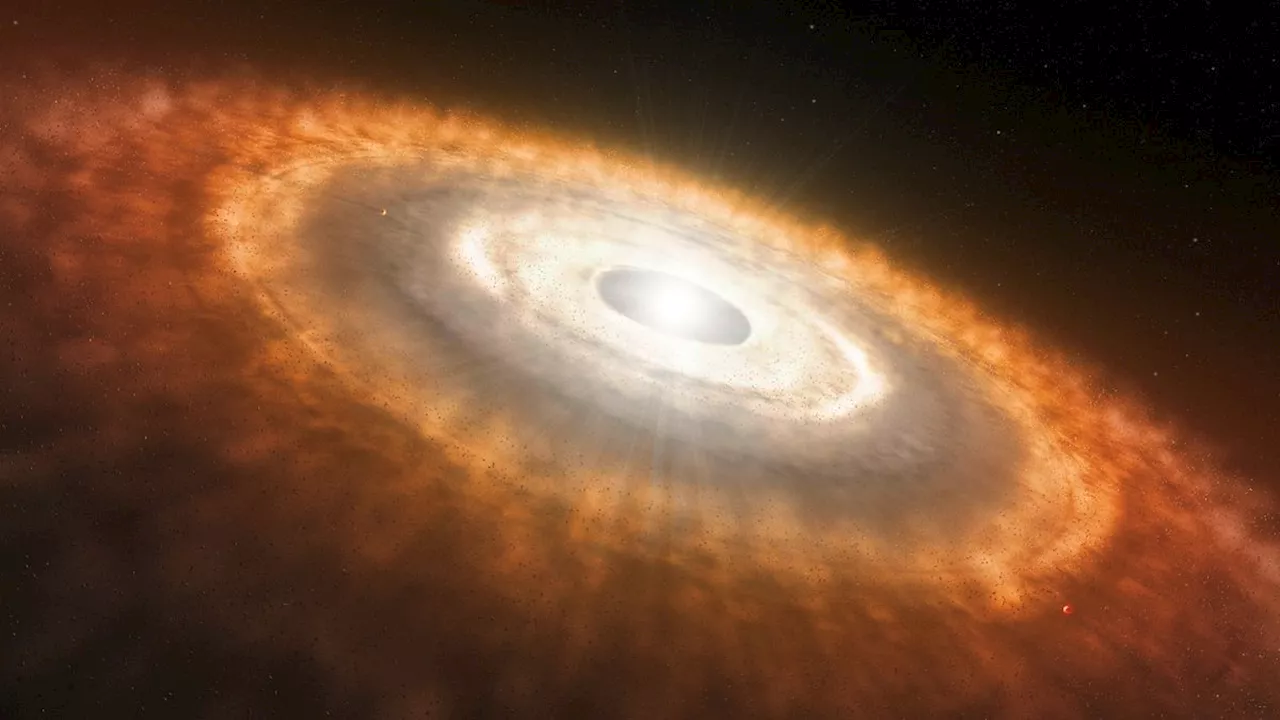Ben Turner is a U.K. based staff writer at Live Science. He covers physics and astronomy, among other topics like tech and climate change. He graduated from University College London with a degree in particle physics before training as a journalist.
The James Webb Space Telescope has found evidence of two giant asteroids slamming into each other in a nearby star system. The colossal collision ejected 100,000 times more dust than the impact that killed the dinosaurs.
While the young star system currently contains at least two gas giant planets it has no known rocky worlds like our own. But rocky inner planets may be in the process of forming, thanks to large dust-producing collisions like the one spotted by JWST, the researchers behind the new findings said in a June 10 presentation at the 244th Meeting of the American Astronomical Society in Madison, Wisconsin.
Related: James Webb telescope spots wind blowing faster than a bullet on '2-faced planet' with eternal night This means that, sometime 20 years ago, a gigantic collision between two asteroids likely occurred, pounding the bodies into vast quantities of dust with particles smaller than pollen or powdered sugar, Chen said.
United States Latest News, United States Headlines
Similar News:You can also read news stories similar to this one that we have collected from other news sources.
 Ben Higgins Shares the Biggest Lesson From Gerry Turner’s DivorceThe Bachelor’s Ben Higgins shared advice for those who are dating at an older age after Gerry Turner and Theresa Nist’s divorce
Ben Higgins Shares the Biggest Lesson From Gerry Turner’s DivorceThe Bachelor’s Ben Higgins shared advice for those who are dating at an older age after Gerry Turner and Theresa Nist’s divorce
Read more »
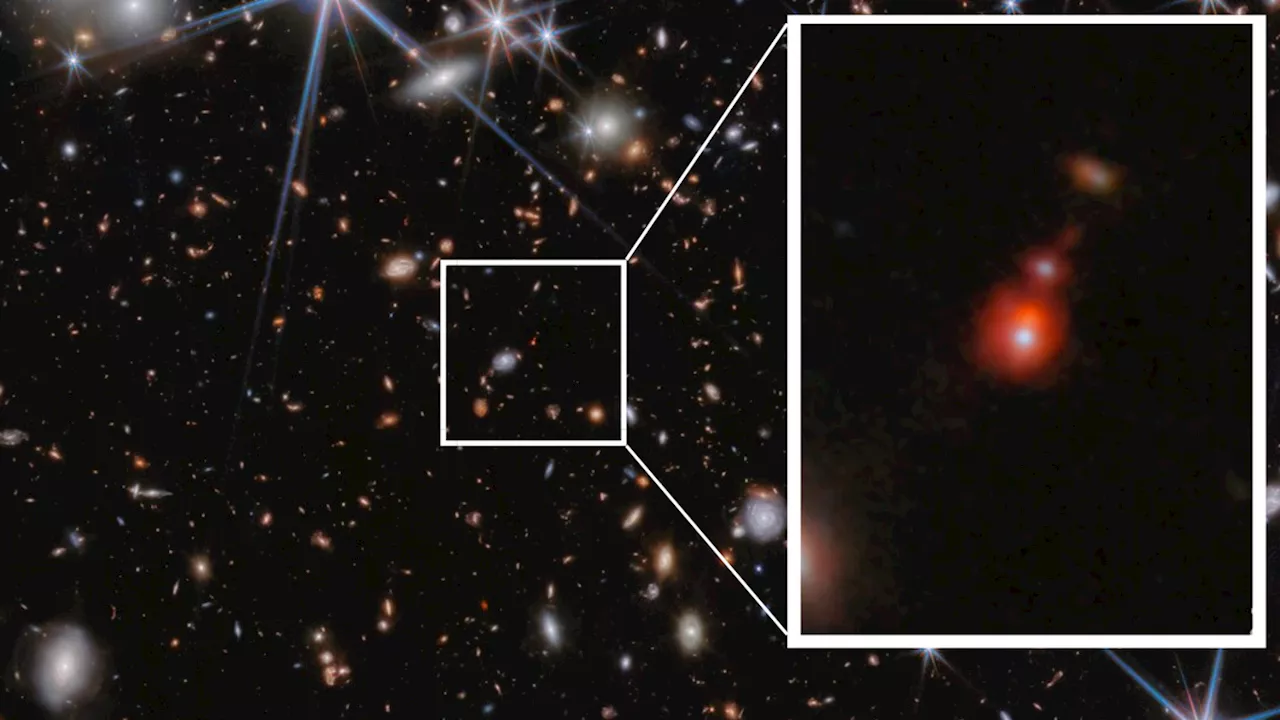 James Webb Space Telescope spots most distant and oldest black hole collision ever seen (video)Robert Lea is a science journalist in the U.K. whose articles have been published in Physics World, New Scientist, Astronomy Magazine, All About Space, Newsweek and ZME Science. He also writes about science communication for Elsevier and the European Journal of Physics. Rob holds a bachelor of science degree in physics and astronomy from the U.K.
James Webb Space Telescope spots most distant and oldest black hole collision ever seen (video)Robert Lea is a science journalist in the U.K. whose articles have been published in Physics World, New Scientist, Astronomy Magazine, All About Space, Newsweek and ZME Science. He also writes about science communication for Elsevier and the European Journal of Physics. Rob holds a bachelor of science degree in physics and astronomy from the U.K.
Read more »
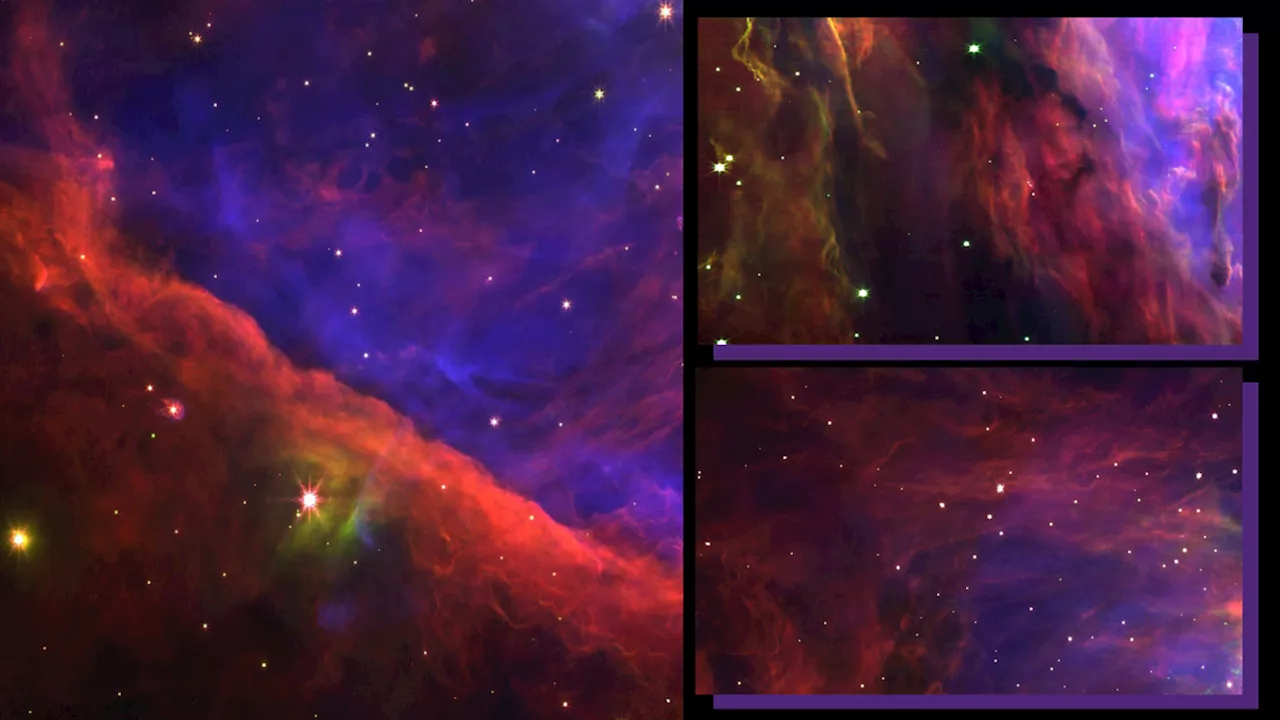 James Webb Space Telescope sees Orion Nebula in a stunning new light (images)Robert Lea is a science journalist in the U.K. whose articles have been published in Physics World, New Scientist, Astronomy Magazine, All About Space, Newsweek and ZME Science. He also writes about science communication for Elsevier and the European Journal of Physics. Rob holds a bachelor of science degree in physics and astronomy from the U.K.
James Webb Space Telescope sees Orion Nebula in a stunning new light (images)Robert Lea is a science journalist in the U.K. whose articles have been published in Physics World, New Scientist, Astronomy Magazine, All About Space, Newsweek and ZME Science. He also writes about science communication for Elsevier and the European Journal of Physics. Rob holds a bachelor of science degree in physics and astronomy from the U.K.
Read more »
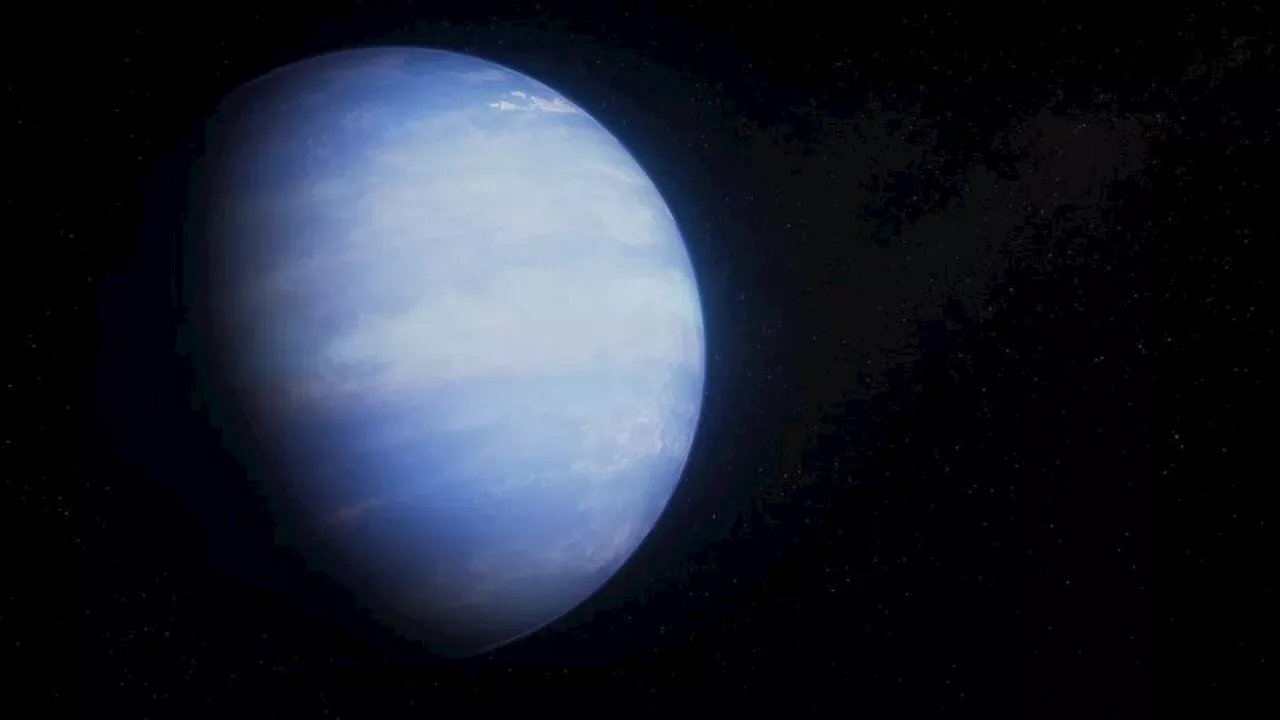 Mysterious 'puffy' planet may finally be explained by James Webb Space TelescopeSharmila Kuthunur is a Seattle-based science journalist covering astronomy, astrophysics and space exploration. Follow her on X skuthunur
Mysterious 'puffy' planet may finally be explained by James Webb Space TelescopeSharmila Kuthunur is a Seattle-based science journalist covering astronomy, astrophysics and space exploration. Follow her on X skuthunur
Read more »
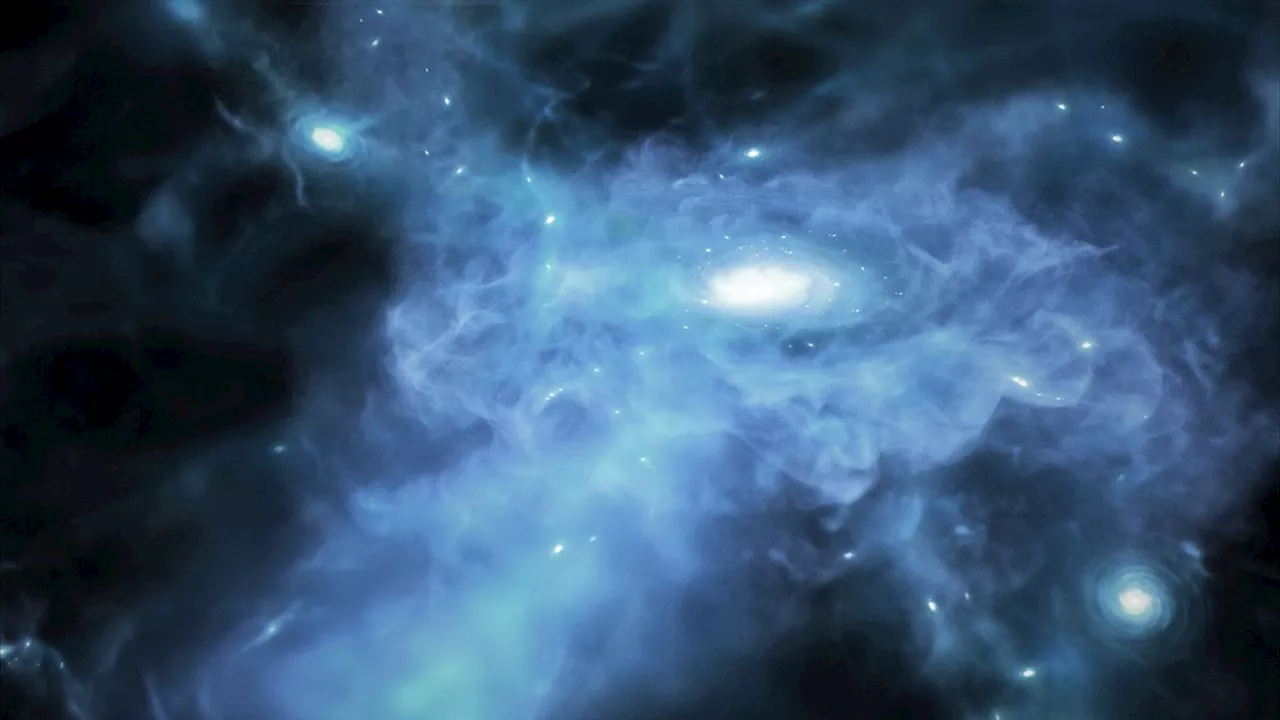 James Webb Space Telescope spots 3 of our universe's earliest galaxiesSharmila Kuthunur is a Seattle-based science journalist covering astronomy, astrophysics and space exploration. Follow her on X skuthunur.
James Webb Space Telescope spots 3 of our universe's earliest galaxiesSharmila Kuthunur is a Seattle-based science journalist covering astronomy, astrophysics and space exploration. Follow her on X skuthunur.
Read more »
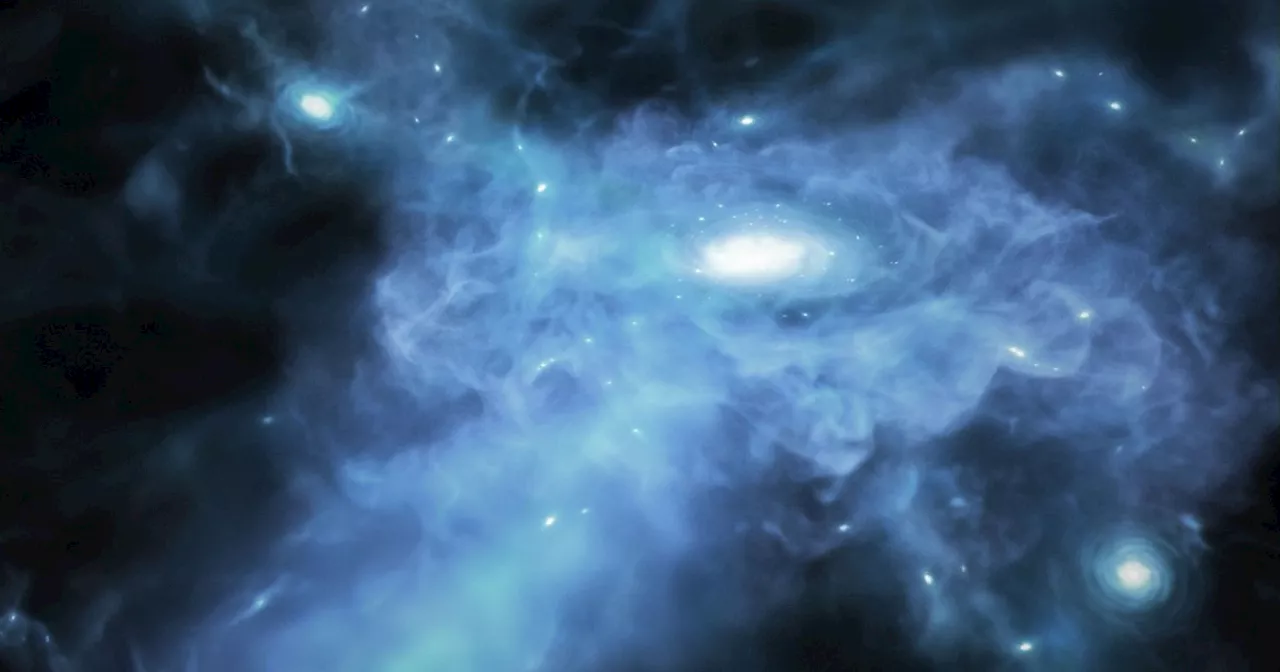 James Webb Just Observed the Universe's Youngest Galaxies Being BornScience and Technology News and Videos
James Webb Just Observed the Universe's Youngest Galaxies Being BornScience and Technology News and Videos
Read more »
